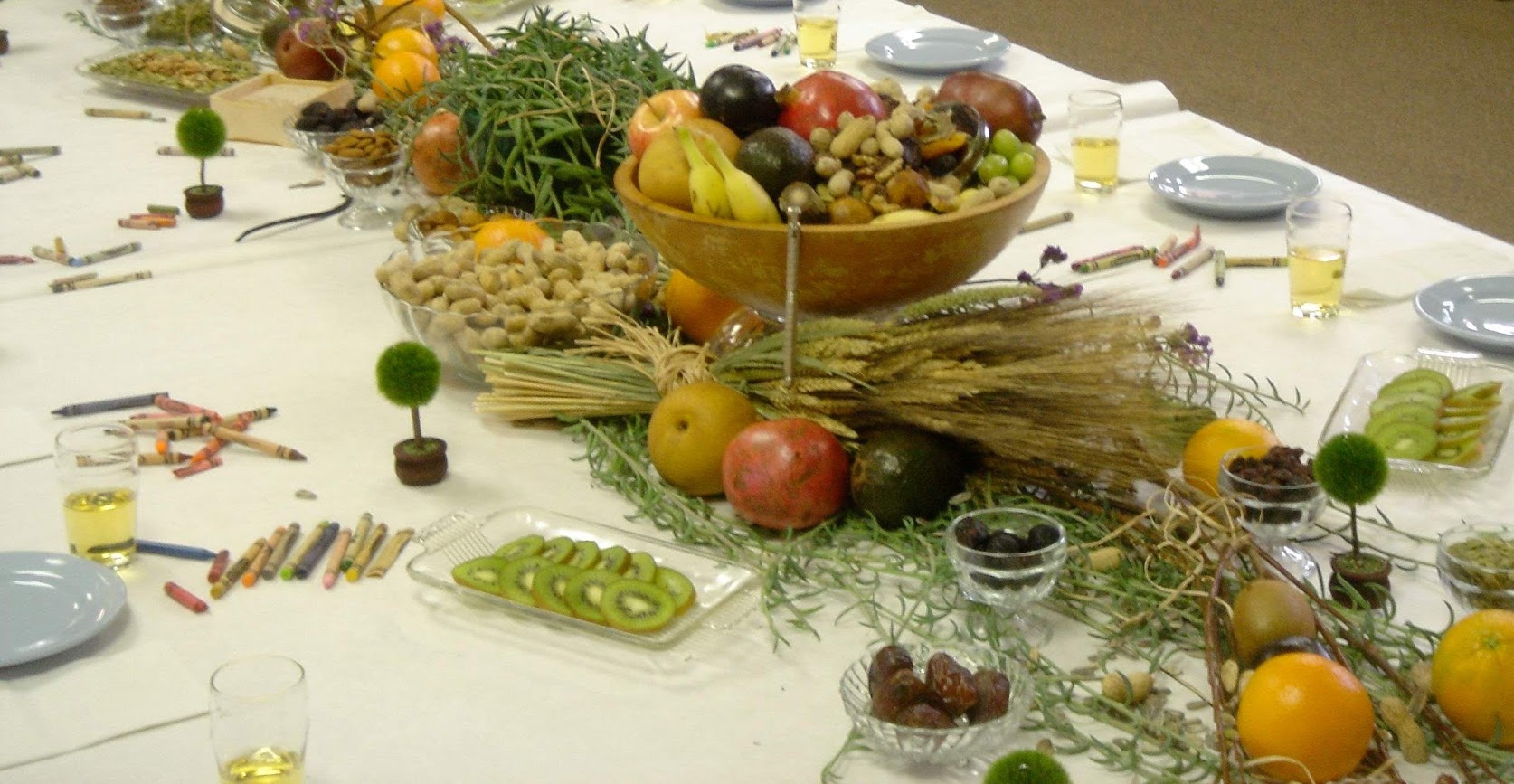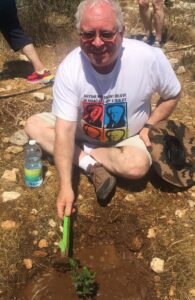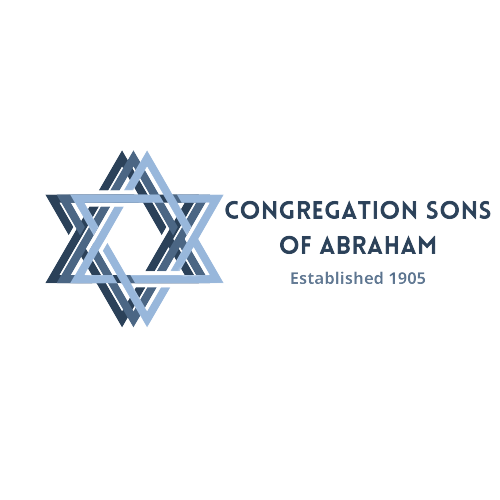
A Special Tu B’Shvat Seder Celebration was held on Sunday, January 28. It was a fun and very educational event!
CLICK HERE to see pictures of our Tu B’Shvat Seder
I was so pleased with the big turnout for our annual Tu B’Shvat Seder, a ceremony to celebrate the Birthday of the Trees. This winter holiday falls just as the almond trees begin to blossom in parts of Israel.
Major thanks to Michelle Hockersmith for being the dynamo behind planning and running this annual event. Michelle designed the celebration, carefully choosing the fruits and other foods that represent Israeli agriculture, and its importance to the people and the economy. She also showed us how Tu B’Shvat represents doubling down on our Jewish commitment to Tikkun Olam – to repair the world – by practicing good stewardship of our Earth – recycling and cleaning our water, fighting global warming, saving the environment for the next generations. Thank you, Renana Friedman, for helping Michelle prepare all the special foods!
Thanks also to Adam and Kristy Stokke Reich and family for helping to set up, and all the families who helped clean up afterward.
The holiday of Tu B’Shvat has its origins not in the Bible, but rather in the Mishna, which was written in the early 3rd century CE. It is primarily an agricultural holiday, as evinced by its other name, New Year of Trees. or the Birthday of the Trees.
This holiday is celebrated in the midst of the rainy season (late January or early February). It was originally a holiday with halakhic (Jewish legal) significance, as it was used to mark the age of a tree for the purpose of harvesting and tithing its fruit – tithes that were given to the priests who served in the Temple and did not own any land.
After the Jewish people were scattered in the Diaspora and were no longer involved primarily in agriculture, Tu B’Shvat became a holiday symbolizing the connection between the Jewish people and the Land of Israel.
Holiday Customs
Planting saplings – This is a custom that developed relatively recently – in the late 19th century, with the renewal of Jewish settlement in the Land of Israel. The initiative to plant trees began in the schools and spread throughout the country and became a deeply rooted custom. Today it is customary to take children on tree-planting outings on Tu B’Shvat. Preschools and schools hold special ceremonies to mark the holiday. In the past few years, an ecological element has been added to this holiday: the conservation and nurturing of trees (and the green landscape in general) as a symbol of the importance of nature in our lives.
Important Information

